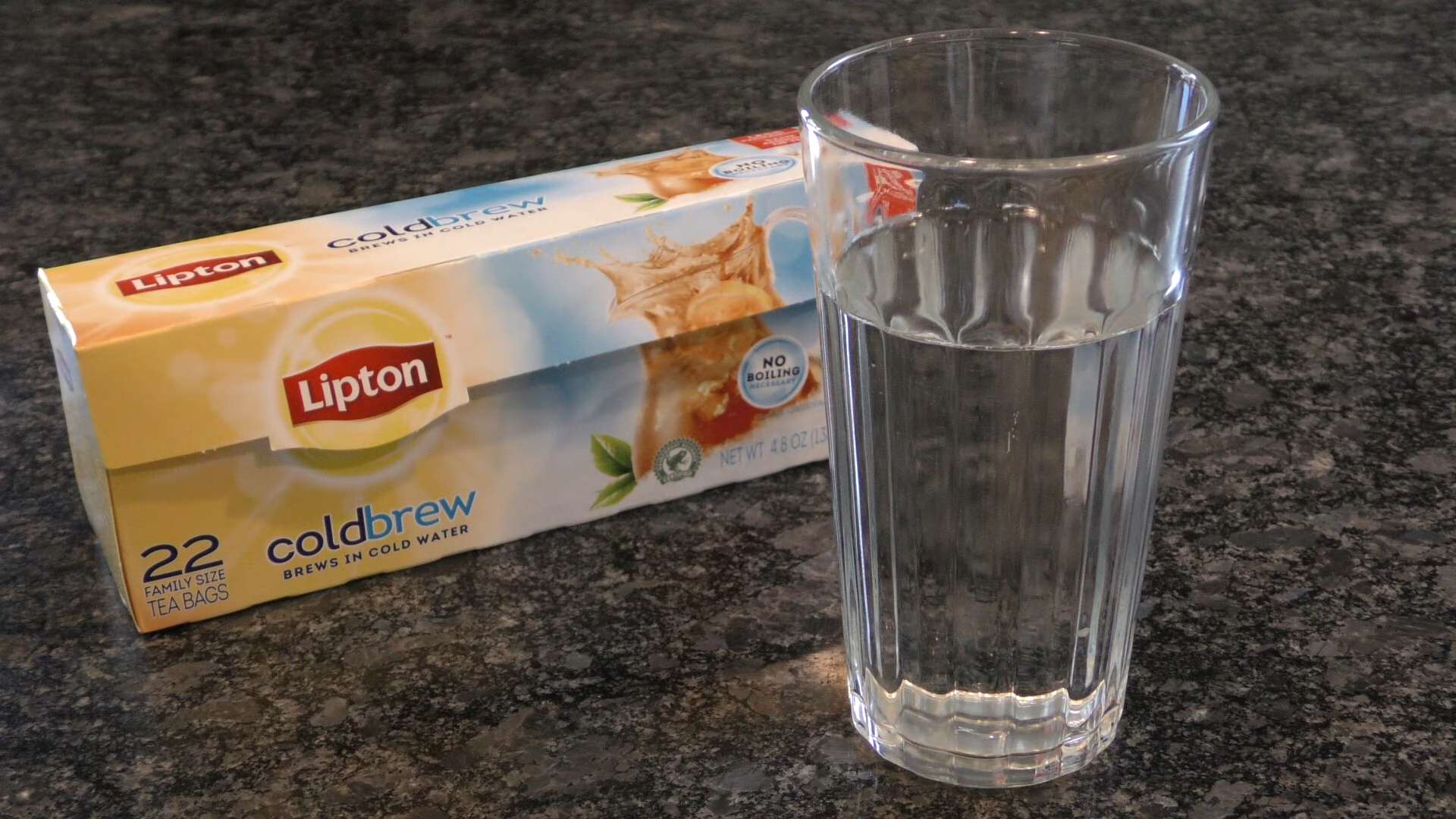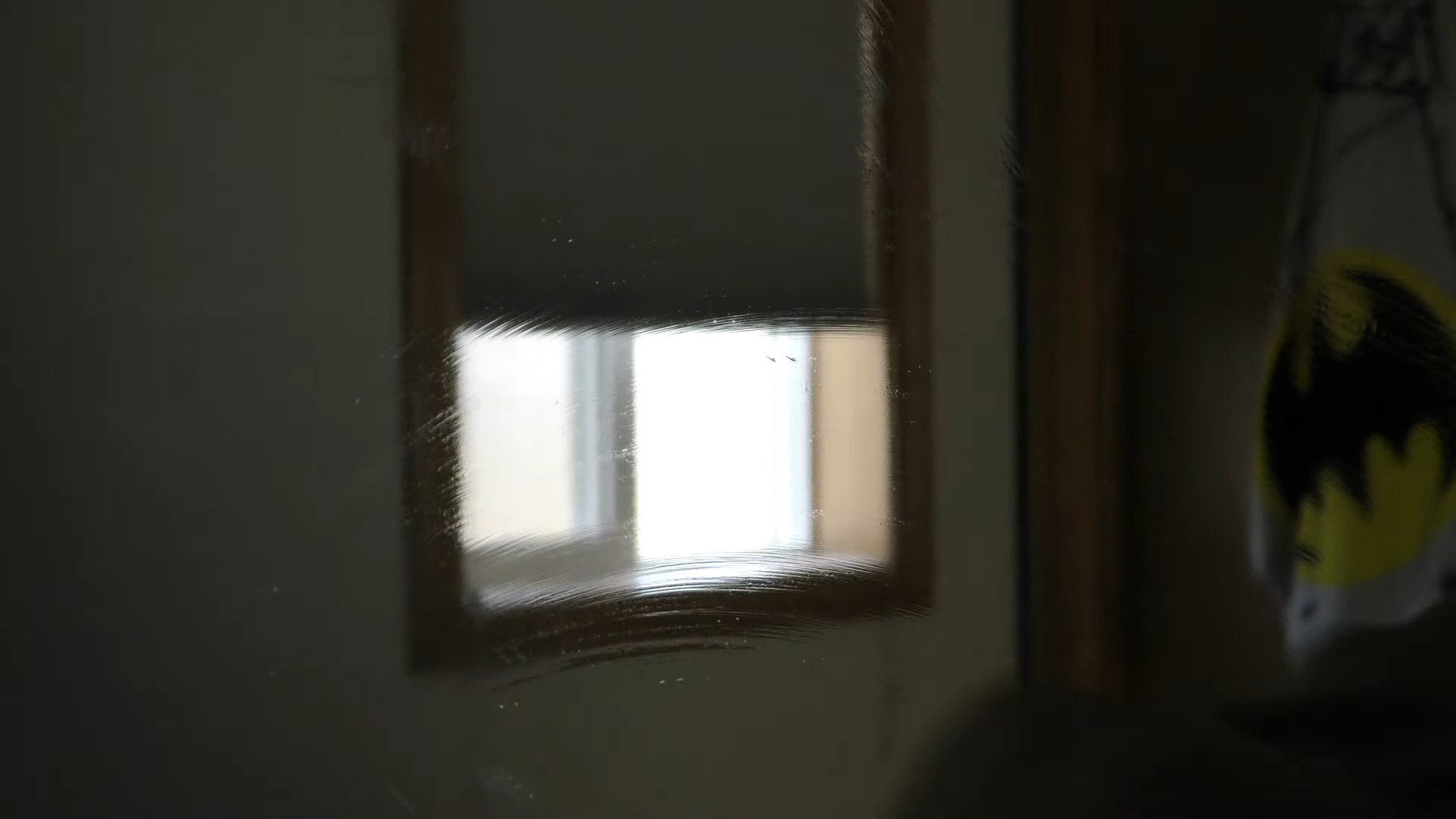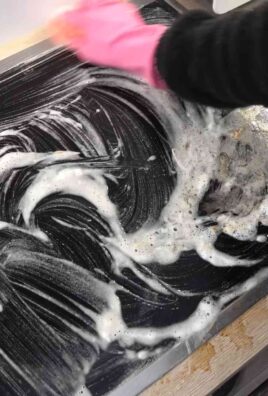Black tea tricks and tips – who knew such a simple beverage could be a secret weapon in your garden? I’m always on the lookout for natural and effective ways to boost my plants, and I stumbled upon the amazing benefits of black tea. From enriching the soil to warding off pesky diseases, this humble drink has a surprising number of uses beyond your morning cuppa.
The practice of using tea in gardening isn’t entirely new. In some cultures, tea leaves have been composted for centuries, valued for their nutrient content and ability to improve soil structure. Think of it as a time-honored tradition, now backed by modern understanding of soil science!
Let’s face it, gardening can be challenging. We all want lush, thriving plants, but sometimes they need a little extra help. That’s where these black tea tricks and tips come in. Whether you’re struggling with nutrient-deficient soil, battling fungal diseases, or simply want to give your plants a healthy boost, black tea might just be the answer you’ve been searching for. I’m excited to share these simple, cost-effective, and eco-friendly hacks that will transform your gardening game. Get ready to unlock the full potential of your garden with the power of black tea!

Unlock the Magic of Black Tea: DIY Hacks and Tips
Hey there, tea lovers! I’m so excited to share some amazing DIY hacks and tips that will completely transform your relationship with black tea. Forget just sipping it – we’re going to use it for everything from boosting your garden to adding a vintage touch to your crafts! Get ready to be amazed by the versatility of this humble beverage.
Gardening with Black Tea: A Gardener’s Secret Weapon
Black tea isn’t just good for you; it’s fantastic for your plants too! The tannic acid in black tea acts as a natural soil acidifier and provides essential nutrients. Here’s how to use it:
* Acid-Loving Plants Rejoice: Azaleas, rhododendrons, camellias, and blueberries absolutely adore the slightly acidic environment that black tea creates.
* Compost Booster: Adding used tea bags to your compost pile accelerates decomposition and enriches the compost with valuable nutrients.
* Natural Fertilizer: Diluted black tea can be used as a gentle fertilizer for your plants, promoting healthy growth and vibrant blooms.
* Fungus Fighter: The antifungal properties of black tea can help prevent and treat fungal diseases in your garden.
* Seed Germination Aid: Soaking seeds in diluted black tea before planting can improve germination rates.
Step-by-Step Guide to Using Black Tea in Your Garden
1. Brew Your Tea (and Drink It!): First things first, brew yourself a cup of black tea! Don’t add any milk, sugar, or lemon if you plan to use the tea for your plants. I usually brew a strong pot specifically for my garden.
2. Cool It Down: Let the brewed tea cool completely. Hot tea can damage your plants.
3. Dilute, Dilute, Dilute: This is crucial! Dilute the cooled tea with water. A good ratio is 1 part tea to 3 parts water. You don’t want to over-acidify your soil.
4. Water Your Plants: Use the diluted tea to water your acid-loving plants as you normally would. I usually do this once every two weeks.
5. Tea Bags in the Compost: Toss your used tea bags (remove any staples or tags) into your compost bin. They’ll break down and add valuable nutrients.
6. Direct Burial (for Roses): For roses, I sometimes bury used tea bags directly around the base of the plant. The slow release of nutrients is fantastic for them. Just make sure to bury them a few inches deep to avoid attracting pests.
7. Seed Soaking: To soak seeds, brew a very weak tea (almost like tea-flavored water). Soak the seeds for a few hours before planting.
DIY Black Tea Hair Rinse: Shine and Strength
Did you know black tea can work wonders for your hair? It can add shine, darken hair color (especially for brunettes), and even help reduce shedding.
* Natural Hair Darkener: Black tea can gradually darken lighter brown or gray hair.
* Shine Booster: The tannins in black tea help to smooth the hair cuticle, resulting in a glossy shine.
* Shedding Reducer: Black tea contains caffeine, which can stimulate hair follicles and reduce hair shedding.
* Scalp Soother: The antioxidants in black tea can help soothe an irritated scalp.
Creating Your Black Tea Hair Rinse
1. Brew a Strong Batch: Brew a very strong pot of black tea. I usually use 4-5 tea bags for about 2 cups of water.
2. Let It Cool Completely: Again, cooling is key! You don’t want to burn your scalp.
3. Strain the Tea: Remove the tea bags and strain the tea to remove any loose tea leaves.
4. Wash Your Hair: Wash and condition your hair as you normally would.
5. Apply the Rinse: Pour the cooled black tea over your hair, making sure to saturate all strands.
6. Massage Your Scalp: Gently massage the tea into your scalp for a few minutes. This helps stimulate the hair follicles.
7. Leave It On: Leave the tea rinse on your hair for 10-30 minutes. The longer you leave it on, the more noticeable the darkening effect will be.
8. Rinse (or Don’t!): You can either rinse the tea out with cool water or leave it in. Leaving it in will intensify the darkening effect and add extra shine. I usually rinse it out, but it’s totally up to you!
9. Repeat: Repeat this rinse 1-2 times per week for best results.
Crafting with Black Tea: Adding a Vintage Touch
Black tea is a fantastic natural dye that can give paper, fabric, and even wood a beautiful vintage or antique look.
* Paper Aging: Create aged-looking documents, maps, or scrapbook pages.
* Fabric Dyeing: Dye fabric for quilting, sewing, or other craft projects.
* Wood Staining: Add a subtle, warm tone to unfinished wood.
* Creating Vintage Photos: Give your printed photos a sepia-toned, antique feel.
Aging Paper with Black Tea
1. Brew a Strong Tea: Brew a strong pot of black tea. The stronger the tea, the darker the stain will be.
2. Cool and Strain: Let the tea cool completely and strain it to remove any tea leaves.
3. Prepare Your Paper: Lay your paper on a protected surface (like a baking sheet or a piece of plastic).
4. Apply the Tea: There are several ways to apply the tea:
* Brush: Use a paintbrush to apply the tea evenly to the paper.
* Sponge: Use a sponge to dab the tea onto the paper for a more textured look.
* Soak: For a more uniform stain, you can briefly soak the paper in the tea.
5. Create Texture (Optional): While the paper is still wet, you can crumple it slightly, tear the edges, or sprinkle it with coffee grounds for added texture.
6. Dry the Paper: Let the paper dry completely. You can air dry it, use a hairdryer on a low setting, or bake it in the oven at a very low temperature (around 200°F or 93°C) for a few minutes. Watch it carefully to prevent burning!
7. Iron (Optional): Once the paper is dry, you can iron it on a low setting to flatten it out.
Dyeing Fabric with Black Tea
1. Prepare Your Fabric: Wash and dry your fabric to remove any sizing or finishes.
2. Brew a Large Batch of Tea: Brew a large pot of strong black tea. You’ll need enough tea to completely submerge your fabric.
3. Mordant (Optional): For more permanent dyeing, you can mordant your fabric before dyeing. A common mordant is vinegar. Soak your fabric in a solution of 1 part vinegar to 4 parts water for about an hour.
4. Simmer the Tea: Pour the tea into a large pot and bring it to a simmer.
5. Add the Fabric: Add your fabric to the simmering tea.
6. Stir and Simmer: Stir the fabric occasionally to ensure even dyeing. Simmer for 30 minutes to several hours, depending on the desired color intensity. The longer you simmer, the darker the color will be.
7. Rinse: Remove the fabric from the tea and rinse it thoroughly with cool water until the water runs clear.
8. Wash and Dry: Wash the fabric separately in cold water with a mild detergent. Dry it in the dryer or hang it to dry.
Staining Wood with Black Tea
1. Prepare the Wood: Sand the wood smooth and remove any dust or debris.
2. Brew Strong Tea: Brew a strong pot of black tea.
3. Apply the Tea: Use a brush or cloth to apply the tea to the wood.
4. Wipe Off Excess: After a few minutes, wipe off any excess tea with a clean cloth.
5. Let It Dry: Let the wood dry completely.
6. Apply Additional Coats (Optional): For a darker stain, apply additional coats of tea, allowing each coat to dry completely before applying the next.
7. Seal (Optional): Once the stain is dry, you can seal the wood with a clear sealant to protect the stain and add durability.
Cleaning with Black Tea: A Natural Solution
Believe it or not, black tea can even be used for cleaning! The tannins in black tea can help remove grease and grime.
* Cleaning Wood Floors: Black tea can add shine and remove dirt from wood floors.
*

Conclusion
So, there you have it! These simple yet effective black tea tricks and tips are your secret weapon for unlocking the full potential of this versatile beverage. From enhancing its flavor profile to utilizing its surprising household applications, black tea offers far more than just a caffeine boost. It’s a cost-effective, natural solution for a variety of needs, and a delightful drink to boot.
Why is this DIY approach a must-try? Because it empowers you to take control of your black tea experience. No longer are you limited to pre-packaged tea bags or generic brewing methods. You can tailor the strength, flavor, and even the purpose of your black tea to perfectly suit your preferences and needs. Imagine the satisfaction of creating a custom black tea blend that invigorates your senses or using a simple black tea rinse to revitalize your hair. These are just a few of the possibilities that await you.
Beyond the Basics: Exploring Variations
Don’t be afraid to experiment! The beauty of these black tea tricks and tips lies in their adaptability. Here are a few suggestions to spark your creativity:
* **Spice it Up:** Infuse your black tea with warming spices like cinnamon, cardamom, or cloves for a cozy and aromatic beverage, especially perfect for colder months.
* **Citrus Zest:** Add a sliver of lemon, orange, or grapefruit zest to your tea while brewing for a bright and refreshing twist.
* **Herbal Infusion:** Combine black tea with complementary herbs like mint, chamomile, or lavender for a unique and therapeutic blend.
* **DIY Cleaning Power:** Experiment with different concentrations of black tea for cleaning various surfaces. Always test on an inconspicuous area first to ensure it doesn’t stain.
* **Gardening Boost:** Dilute cooled black tea further for a gentler fertilizer for delicate plants. Observe how your plants respond and adjust the dilution accordingly.
Embrace the Black Tea Journey
We wholeheartedly encourage you to try these black tea tricks and tips. Whether you’re a seasoned tea connoisseur or a curious beginner, there’s something here for everyone. The possibilities are endless, and the rewards are well worth the effort.
More importantly, we want to hear about your experiences! Did you discover a new favorite black tea blend? Did you find a surprising application for black tea that we didn’t mention? Share your stories, tips, and variations in the comments below. Let’s create a community of black tea enthusiasts who are passionate about exploring the full potential of this remarkable beverage. Your insights could inspire others and help us all unlock even more secrets of black tea. So, go ahead, brew a cup, experiment with these tricks, and share your journey with us! We can’t wait to hear what you discover.
Frequently Asked Questions (FAQs)
What type of black tea works best for these tricks?
Generally, any type of black tea can be used, but the specific type will influence the outcome. For example, a robust Assam will impart a stronger flavor and color than a delicate Darjeeling. For cleaning and gardening purposes, a more economical, less expensive black tea is perfectly suitable. Experiment with different varieties to find what works best for your specific needs and preferences. Loose leaf teas often provide a richer flavor compared to tea bags, but tea bags are convenient for quick applications.
How long should I steep black tea for different purposes?
The steeping time depends on the desired strength and purpose. For drinking, a general guideline is 3-5 minutes. For cleaning, a longer steeping time (10-15 minutes) will create a stronger solution. For gardening, a weaker solution is typically preferred, so a shorter steeping time (2-3 minutes) may suffice. Always taste-test your tea to determine the optimal steeping time for your palate.
Can I reuse black tea bags or leaves?
Yes, you can reuse black tea bags or leaves, but the second brew will be significantly weaker in flavor and color. Reused tea is best suited for cleaning, gardening, or making a lighter-bodied beverage. For the best flavor, always use fresh tea for your primary cup.
Is black tea safe for all plants?
While black tea can be beneficial for many plants, it’s not suitable for all. Acid-loving plants like azaleas, rhododendrons, and blueberries tend to benefit most from black tea fertilizer. Avoid using black tea on plants that prefer alkaline soil. It’s always best to test a small area first and observe how the plant responds before applying it to the entire plant. Dilute the tea significantly to prevent over-acidifying the soil.
Can black tea stain surfaces when used for cleaning?
Yes, black tea can potentially stain certain surfaces, especially porous materials like unsealed grout or light-colored fabrics. Always test the black tea solution on an inconspicuous area first to ensure it doesn’t cause any discoloration. If staining occurs, try cleaning the area with a mild detergent and water. Avoid using black tea on delicate or antique surfaces.
How can I reduce the bitterness of black tea?
Bitterness in black tea can be caused by over-steeping or using water that is too hot. To reduce bitterness, use filtered water that is just below boiling point (around 200-212°F or 93-100°C). Steep the tea for the recommended time (3-5 minutes) and remove the tea bag or leaves promptly. You can also add a splash of milk or lemon juice to balance the bitterness.
What are the health benefits of black tea?
Black tea is rich in antioxidants, which can help protect against cell damage. It has also been linked to improved heart health, reduced risk of stroke, and improved focus and alertness due to its caffeine content. However, it’s important to consume black tea in moderation, as excessive caffeine intake can lead to anxiety, insomnia, and other side effects.
Can I use black tea to dye fabric?
Yes, black tea can be used as a natural dye for fabric, creating a warm, antique-like effect. The results will vary depending on the type of fabric, the concentration of the tea, and the dyeing process. Natural fibers like cotton, linen, and silk tend to dye best. Experiment with different steeping times and mordants (substances that help the dye adhere to the fabric) to achieve the desired color.
How do I store black tea properly?
To maintain its freshness and flavor, store black tea in an airtight container in a cool, dark, and dry place. Avoid storing it near strong-smelling foods, as tea can easily absorb odors. Properly stored black tea can last for up to a year.
Is there a difference between using tea bags and loose leaf tea for these tricks?
While both tea bags and loose leaf tea can be used, loose leaf tea generally provides a richer and more complex flavor due to the higher quality of the tea leaves. Tea bags often contain broken or “fannings” of tea leaves, which can result in a less flavorful brew. For applications where flavor is paramount, such as drinking or creating custom blends, loose leaf tea is generally preferred. However, tea bags are convenient and perfectly suitable for cleaning, gardening, or other non-culinary purposes.



Leave a Comment